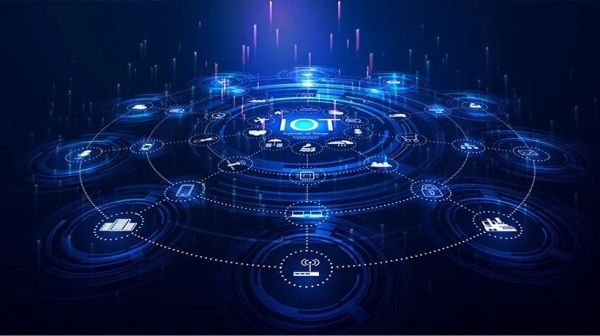Blockchain and IoT (Internet of Things) are two transformative technologies that can be integrated to create innovative solutions for various industries. Here's an overview of both and how they can be developed together:
Blockchain:
Purpose: Blockchain is a decentralized and distributed ledger technology that securely records transactions across multiple parties in a transparent and immutable manner.
Features:
Decentralization: Data is stored across a network of nodes, eliminating the need for a central authority.
Security: Transactions are cryptographically secured and tamper-proof, ensuring data integrity and trust.
Transparency: All participants in the network have access to the same data, promoting transparency and accountability.
Immutability: Once recorded, data on the blockchain cannot be altered or deleted, providing a reliable audit trail.
Use Cases:
Supply Chain Management: Tracking the provenance and authenticity of goods throughout the supply chain.
Financial Services: Facilitating secure and transparent transactions, such as cross-border payments and trade finance.
Identity Management: Managing digital identities and authentication in a decentralized manner.
Smart Contracts: Self-executing contracts with predefined conditions and automated enforcement.
Development Tools: Popular blockchain platforms include Ethereum, Hyperledger Fabric, and Corda. Developers use programming languages like Solidity (for Ethereum) and Go (for Hyperledger Fabric) to build blockchain applications.
IoT (Internet of Things):
Purpose: IoT refers to the network of interconnected devices embedded with sensors, software, and connectivity, enabling them to collect and exchange data.
Features:
Connectivity: IoT devices can communicate with each other and with central systems over wired or wireless networks.
Sensing: Devices collect data from their environment using sensors, such as temperature, humidity, motion, and GPS.
Data Processing: IoT devices can process data locally or transmit it to cloud-based platforms for analysis and decision-making.
Automation: IoT enables automation of processes and control of devices based on predefined rules and conditions.
Use Cases:
Smart Home: Controlling home appliances, lighting, security systems, and environmental monitoring.
Industrial IoT (IIoT): Monitoring and optimizing industrial processes, predictive maintenance, and asset tracking.
Healthcare: Remote patient monitoring, wearable devices, and medical asset tracking.
Smart Cities: Managing utilities, transportation systems, waste management, and environmental monitoring.
Development Tools: IoT development involves hardware (sensors, actuators, microcontrollers) and software (embedded programming, IoT platforms). Popular IoT platforms include AWS IoT, Google Cloud IoT, and Microsoft Azure IoT.
Blockchain & IoT Integration:
Data Integrity: Blockchain can enhance the security and integrity of IoT data by providing a tamper-proof record of device interactions and data transactions.
Identity and Access Management: Blockchain-based identity solutions can manage device identities and permissions in IoT networks securely.
Smart Contracts: Blockchain-enabled smart contracts can automate and enforce agreements between IoT devices, such as automated payments or conditional triggers based on sensor data.
Supply Chain: Blockchain can track the lifecycle of IoT devices and components in the supply chain, ensuring authenticity and traceability.
Decentralized IoT Networks: Blockchain can facilitate peer-to-peer communication and transactions between IoT devices without relying on centralized intermediaries.
Privacy and Data Ownership: Blockchain can enable users to maintain control over their IoT data, granting access permissions and monetizing data sharing securely.
Developing blockchain and IoT solutions together requires expertise in both technologies, as well as an understanding of their integration challenges and potential use cases. Developers need to consider factors such as scalability, interoperability, security, and regulatory compliance when building blockchain-enabled IoT applications.


